What to buy second-hand, spotting fakes and caring for your handbags so they retain their value.
A symbol of luxury, designer handbags are often crafted with meticulous attention to detail. Brands like Hermès, for example, employ skilled artisans to hand-stitch their bags using the finest materials. This commitment to quality ensures that these bags are not just fashion accessories, but timeless investments. Other luxury brands, such as Chanel and Louis Vuitton, share this dedication to craftsmanship and durability.
Certain designer handbags, especially limited editions or classic models can appreciate significantly over time, making them valuable assets.
The second-hand market is thriving with popular brands like Chanel, Hermès, and Louis Vuitton with some achieving more than their retail value due to high demand.
The second-hand handbag market is projected to grow at a CAGR of 6.10% from 2023 to 2033. This indicates a strong and steady growth trajectory for the industry.
As consumer preferences continue to shift towards sustainable and affordable luxury, the second-hand handbag market is poised to further expand in the coming years.
Demand for handbags on the resale market has never been higher, and this once small industry is booming. In fact, investing in a handbag is a smart way to spend your money.
Some brands and models can make higher prices at auction than their current retail value.
See below Hermès Birkin selling at auction for £16,500.
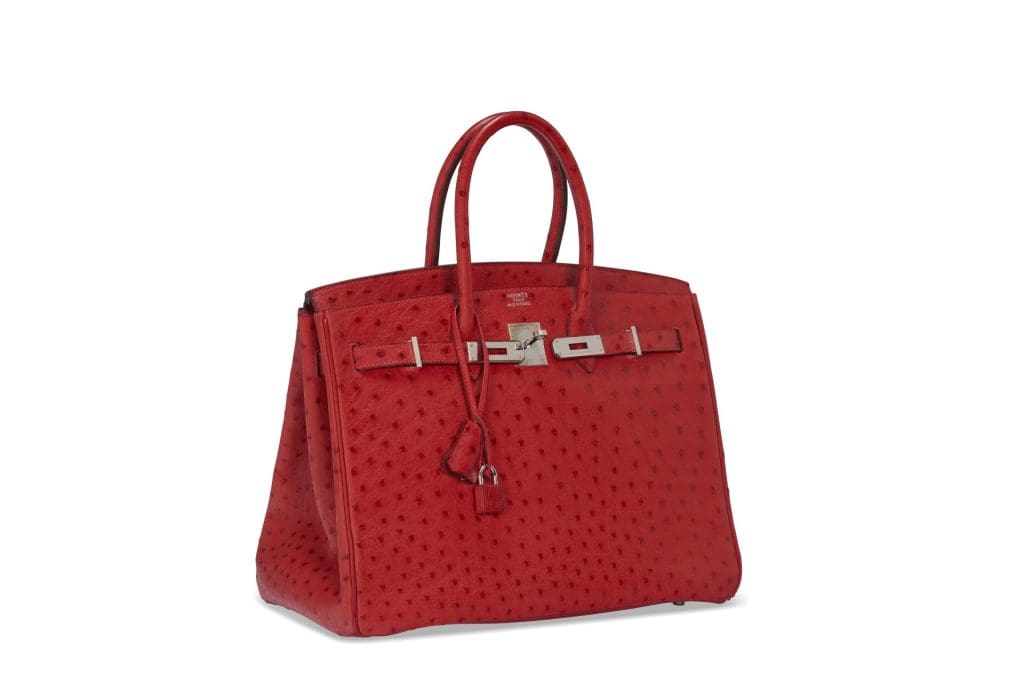
A Rouge VIF Ostrich Leather Birkin 30
Sold: £16,500 GBP
December 1 -10 2021
London, United Kingdom
Purchasing pre-owned designer handbags offers multiple benefits. Firstly, it promotes sustainability by reducing waste in the fashion industry. Secondly, it allows buyers to discover unique vintage or limited-edition models that are no longer in production. Thirdly, these handbags often boast high-quality materials and craftsmanship, ensuring durability and style. Finally, buying second-hand provides access to a wider range of trends and styles that may not be available in retail stores.
Here are some examples to show how the market has changed over time.
See below increase in a Kelly handbag in 2007 selling for £400 and in 2023 selling for £7650.
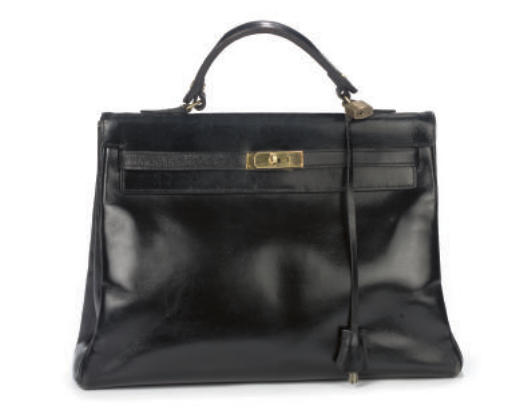
Hermès, A Kelly Bag 1950 – 1960
Est: £300 GBP – £500 GBP
Sold: £400 GBP
Christie’s
November 21, 2007
London, United Kingdom
See below Louis Vuitton and Chanel classic from a sale in Christies 2006 as a group lot and selling for only £480.
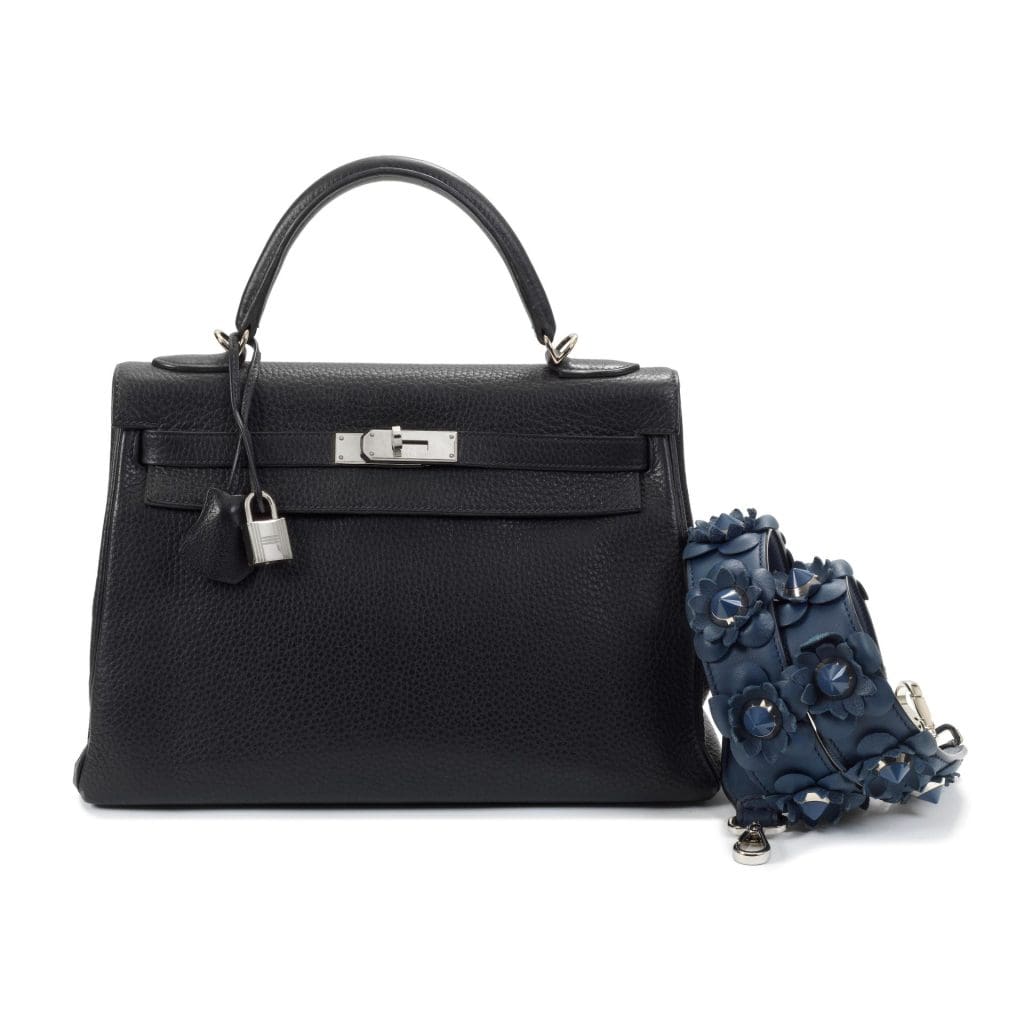
Hermès: a Bleu Indigo Clemence Leather Retourne Kelly 32
Sold: £7,650 GBP
March 9, 2023
London, United Kingdom
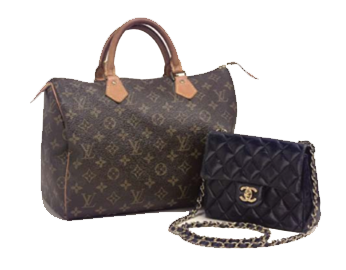
A ‘Speedy’ Bag by Louis Vuitton & a handbag by Chanel
Est: £300 GBP – £500 GBP
Sold: £480 GBP
September 28, 2006
London, United Kingdom
So which brands sell well on the secondary market?
Hermès
Hermès has a rich history dating back to the 19th century and has produced iconic handbags that have become symbols of elegance and sophistication. Originally founded as a harness workshop, Hermès expanded into leather goods and accessories, eventually introducing its first handbag, the “Haut à Courroies,” designed for carrying riding gear. Nowadays it houses some of the most expensive handbgas ever sold with iconic designs like the Kelly and Birkin, named after Grace Kelly and Jane Birkin respectively, have become highly sought-after by collectors and fashion enthusiasts. Each Hermès handbag is meticulously handcrafted using high-quality materials, ensuring timeless style and durability.
The Hermès Kelly and Birkin are among the most desired handbags in the world, making them excellent investments and highly collectible items. Due to the meticulous craftsmanship and use of rare materials and leathers, Hermès produces a limited number of bags each year. This scarcity, combined with the lengthy waitlists, often drives consumers to the resale market where they can find a wider selection and immediate availability. Despite the premium prices on the resale market, the demand for these iconic bags remains strong.
Look below at examples of the same bag sold in 2005 for £5,760 and 2022 for £11,000.
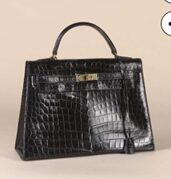
A black Crocodile Hermès Kelly Bag
Est: £2,000 GBP – £4,000 GBP
Sold: £5,760 GBP
Christie’s
September 29 2005
London, United Kingdom
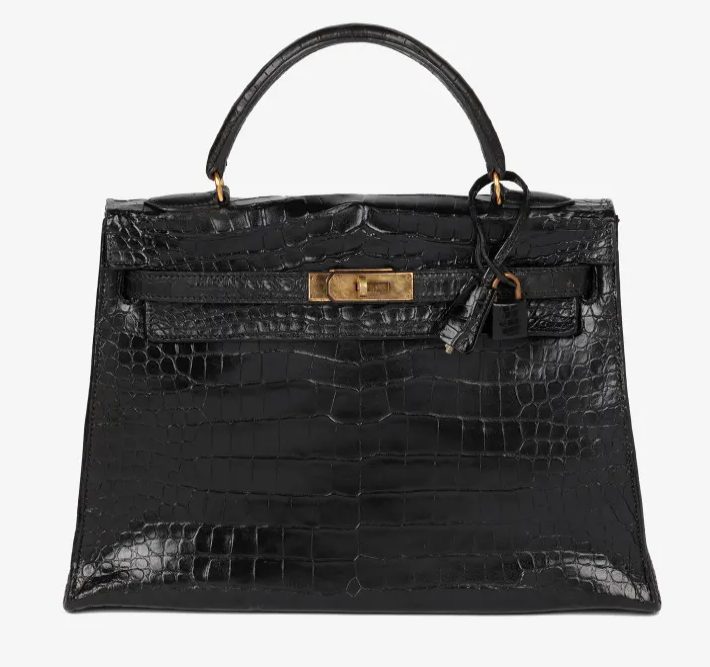
Hermès: a Black shiny Porosus Crocodile Selllier Kelly 32 1984
Est: £7,000 GBP – £10,000 GBP
Sold: £11,000 GBP
Bonhams
October 4 2022
London, United Kingdom
Kelly and Birkin handbag
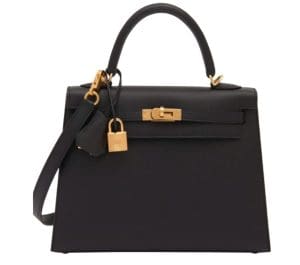
The Kelly Bag
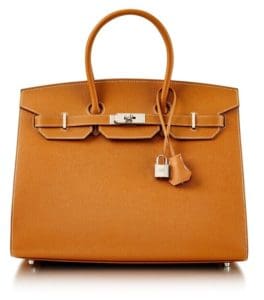
The Birkin Bag
It’s not just the secondary market where the value of these handbags increases. Hermes like many other brands increase their retail prices at least once a year and when we look at this over their lifespan, we can start to see why they make such good investments. In the 1950s a standard Kelly bag could have been purchased for $900, by the 60s the same bag cost $1,300, the 70s $2,400, the 80s $4,000, the 90s $5,100 and at the turn of the century it cost $7,400. Today, that exact bag has increased in value to $10,000 – $15,000. The same increase is seen with Birkin bags with a standard Birkin setting customers back $2,000 in 1980, $2,750 in 1990, $4,000 at the turn of the century, and today they sell for up to $20,000!
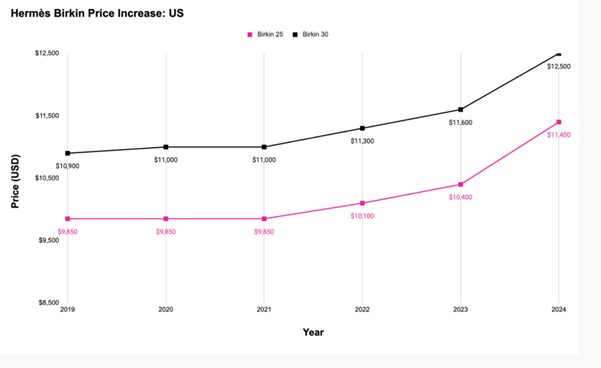
There are some other Hermès handbags which make great investments.
Hermès Special Order
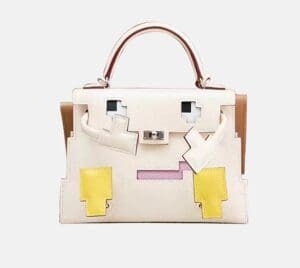
Exotic skins
This Niloticus Crocodile handbag has achieved over £400,000 at auction.
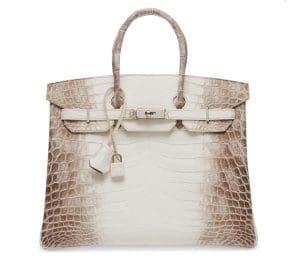
See below price example of Hermès handbag at auction.
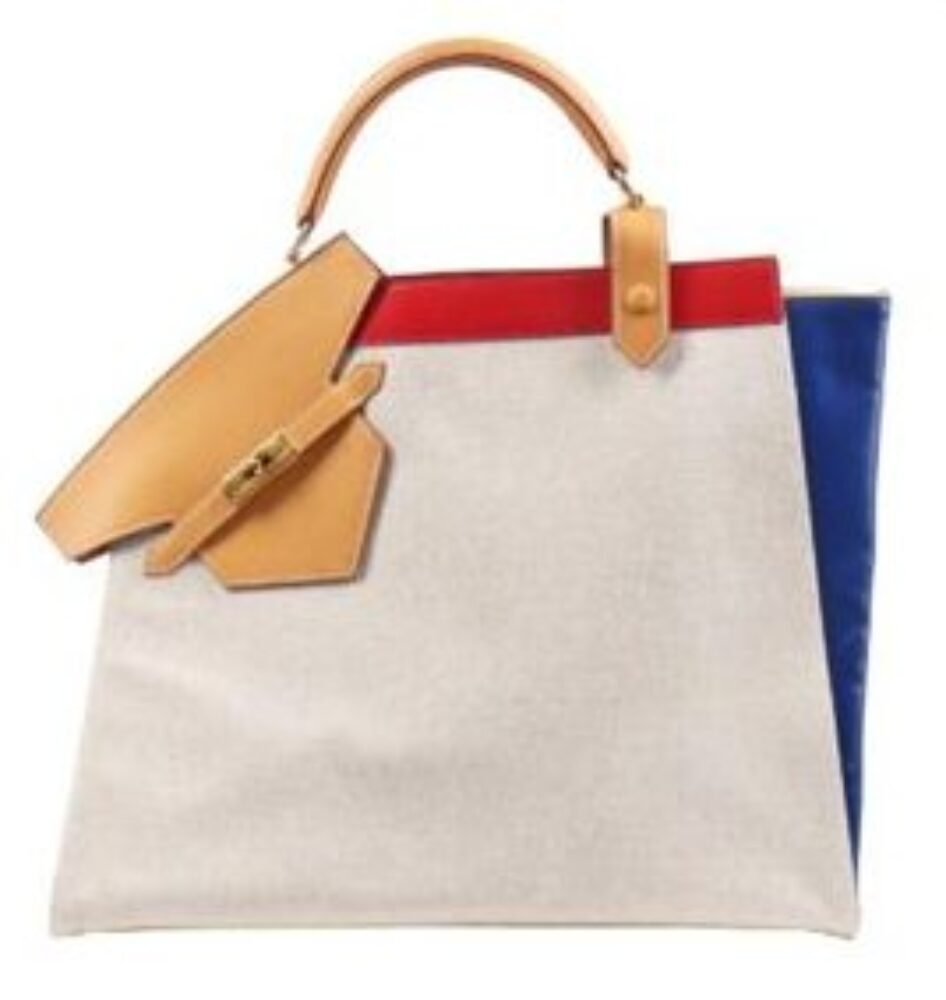
A rare tri colour Hermès Himalaya, 1997
Sold £5,500
June 2022
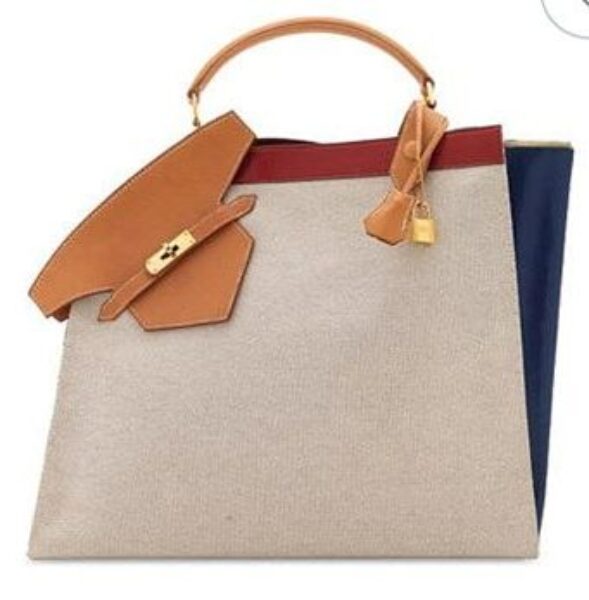
A vache naturelle, Rouge H Calf Box, Violet Veau Doble
Sold £1,624
June 2009
Chanel
In the 1920s, Chanel introduced their first handbag designs, often made from jersey and in 1929 they launched their first rectangular-shaped bag. By 1955, this rectangular bag featured quilted leather, a chain-strap shoulder bag, a Mademoiselle lock, and a red lining and it started to look like the iconic design we know today. In 2005, Karl Lagerfeld reissued the 2.55 bag, solidifying its status as a timeless classic. In the 1980s, Lagerfeld further expanded Chanel’s handbag offerings with the introduction of the Classic Flap Bag. Chanel handbags continue to be highly sought-after luxury item. The brand’s commitment to quality and innovation ensures that each handbag is a work of art, making them timeless icons in the world of fashion.
The Chanel 2.55 and Classic Flap bags have experienced significant price increases over the years, reflecting their status as highly sought-after luxury items. Since 2016, Chanel has implemented annual price hikes, leading to a more than doubling of prices for certain models. The Medium Chanel Classic Flap, for instance, has seen its price soar from $4,900 to $10,800.
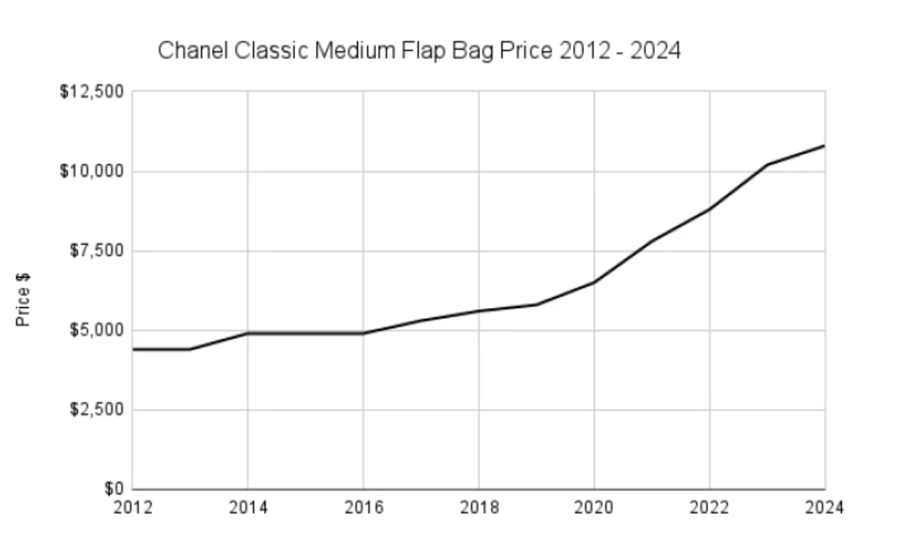
See below example of the 2.55
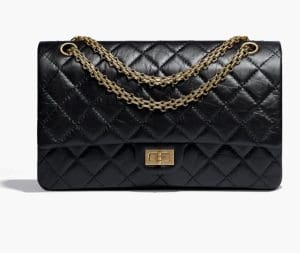
See below example of the Chanel Boy Bag
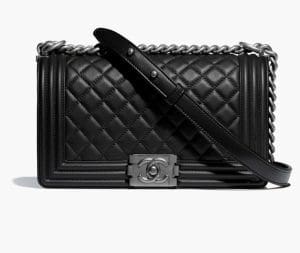
Below is an example of a Chanel Classic exceeding its sale estimate.
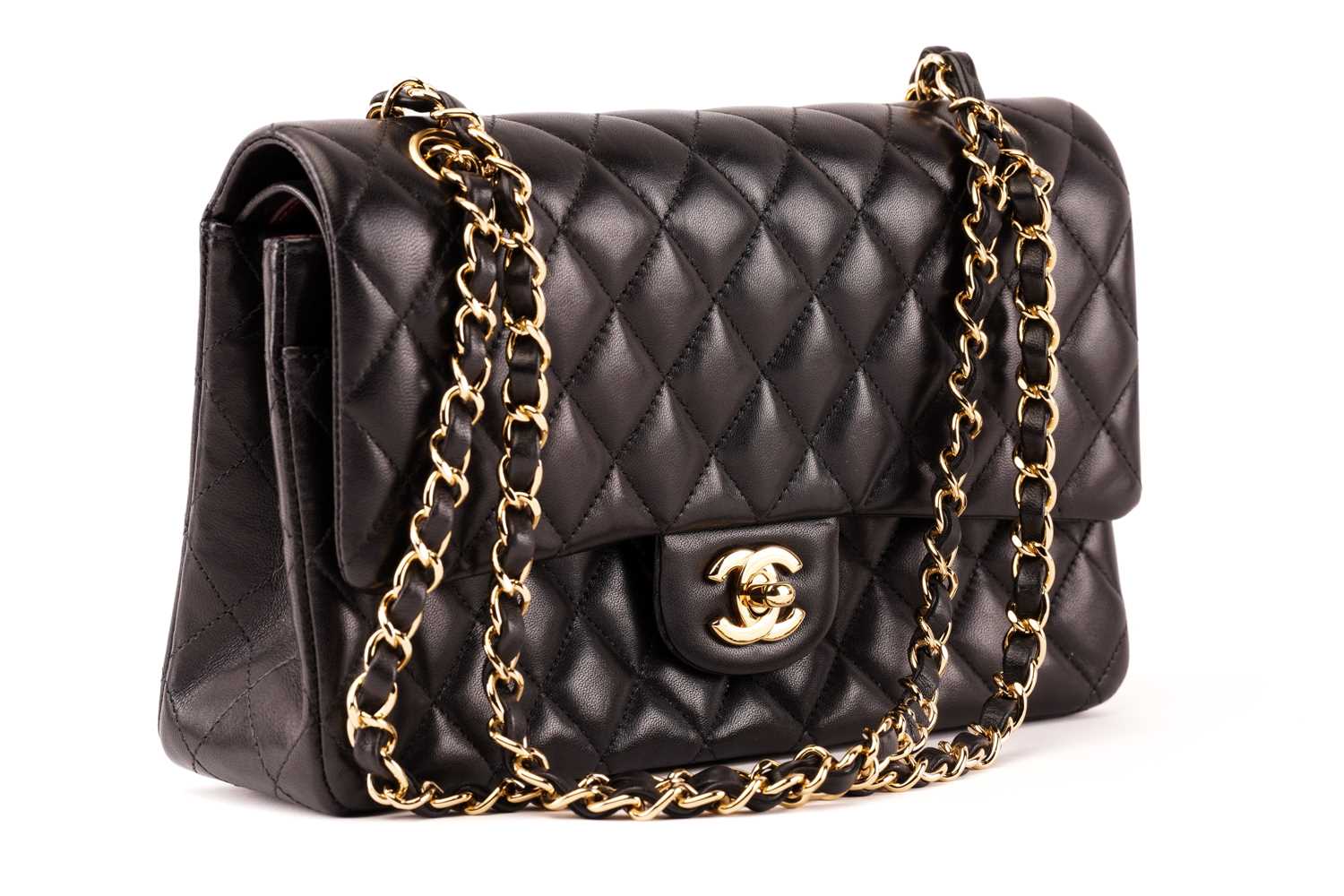
Chanel – a double flap classic handbag, quilted black lambskin with yellow tone hardware
Est: £1,200 GBP – £1,800 GBP
Sold: £5,000 GBP
Dawsons Auctioneers
September 22, 2022
Here is an example of a Chanel handbag selling at auction in 2003 for only $200.
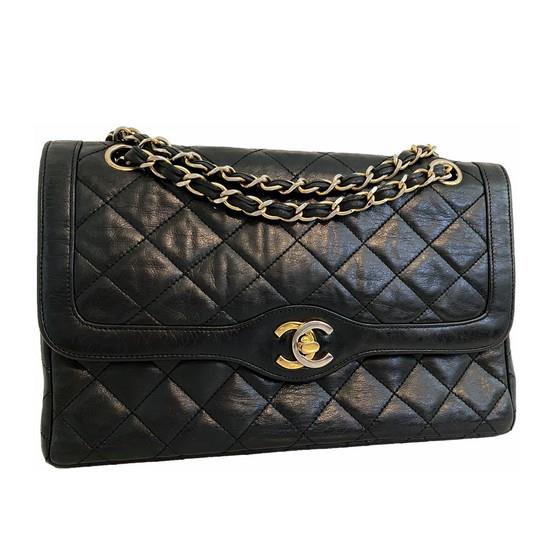
Classic Chanel Black Handbag Black Quilted Jersey
Est: $300 USD – £400 USD
Sold: £200 USD
Doyle New York
April 09 2023
New York, NY, US
Louis Vuitton
Louis Vuitton, a pioneer in luxury travel goods, has a rich history intertwined with its iconic handbags. Founded in 1854 by Louis Vuitton, the brand initially gained recognition for its innovative flat-topped trunks. Later, Georges Vuitton, Louis Vuitton’s son, introduced the iconic LV monogram canvas, which became a symbol of luxury and status.
In the early 20th century, Louis Vuitton expanded its offerings beyond luggage to include handbags. The Keepall, Speedy, and Alma bags became early classics, each with its unique design and purpose. As the brand continued to evolve, it expanded its product range to include a wider variety of handbags, collaborating with renowned designers to create limited-edition pieces.
Today, Louis Vuitton handbags are renowned for their exceptional craftsmanship, timeless designs, and high-quality materials. The LV monogram canvas remains a signature element of many Louis Vuitton handbags, symbolizing the brand’s heritage and luxury. Louis Vuitton’s ability to blend tradition with innovation has ensured its enduring popularity, making its handbags coveted possessions for fashion enthusiasts worldwide.
Their classic designs are timeless, for example the Louis Vuitton Speedy, first released in the 1930s, is a great handbag that can be purchased for under £1,000 on the resale market.
See below examples of an LV going through auction.
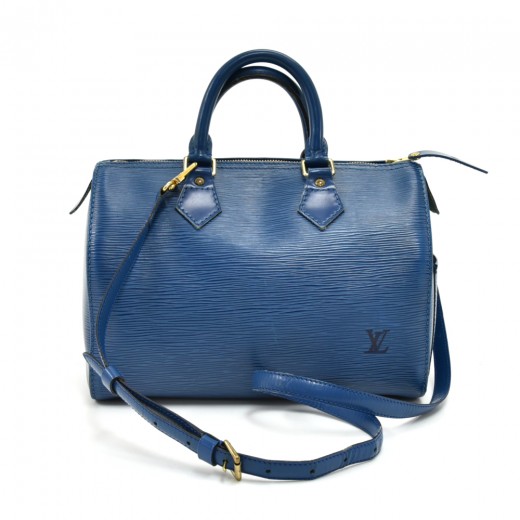
Louis Vuitton Speedy 25 Handbag
Est: £500 USD – £600 USD
Sold: £950 USD
Vogt Galleries Texas
February 27, 2021
San Antonio, TX, US

A Louis Vuitton Black Mini Hand Bag
Est: £2,000 USD – £2,500 USD
Sold: £2,000 USD
Empire Auction House
July 07, 2020
Flushing, NY, US
See below limited-edition Louis Vuitton Speedy selling for $2,500 at auction.
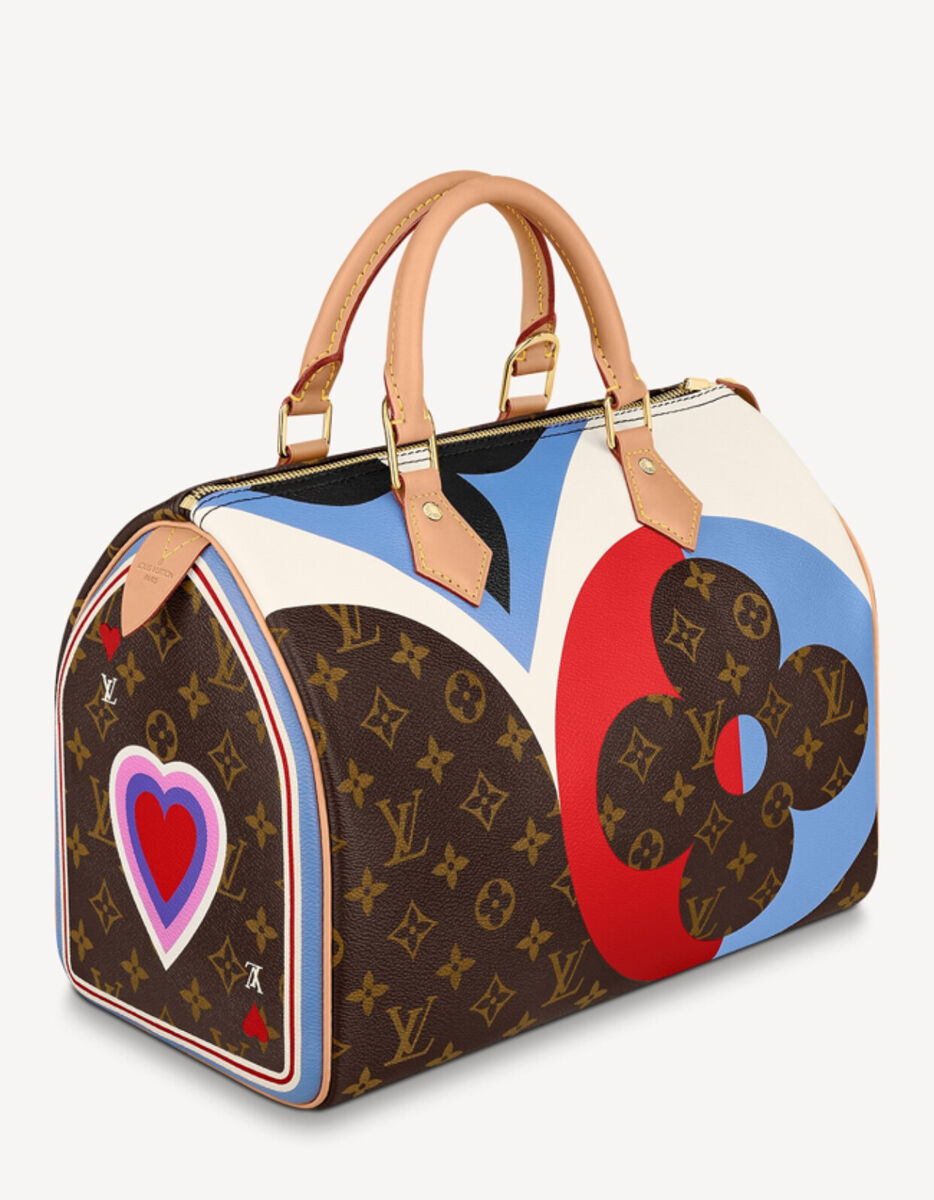
Louis Vuitton ‘Game On Speedy
Bandouliere 30’ Bag
Est: £3,000 USD – £5,000 USD
Sold: £2,500 USD
Austin Auction Gallery
December 09, 2022
Austin, TX, US
See below limited-edition selling at auction
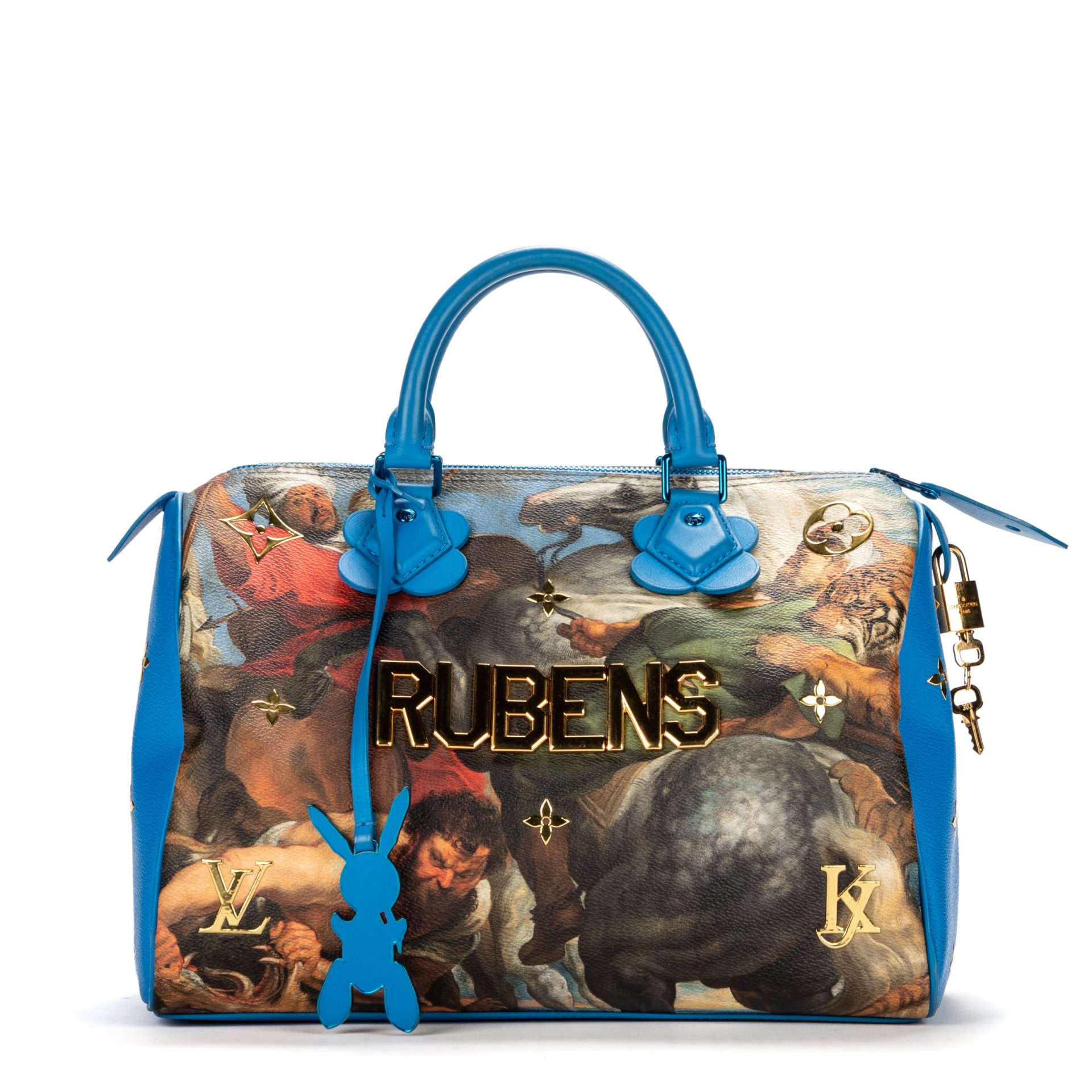
Louis Vuitton ‘Jeff Koons Master’s Rubens Speedy’
Est: £4,000 USD – £6,000 USD
Sold: £3,000 USD
Austin Auction Gallery
December 09, 2022
Austin, TX, US
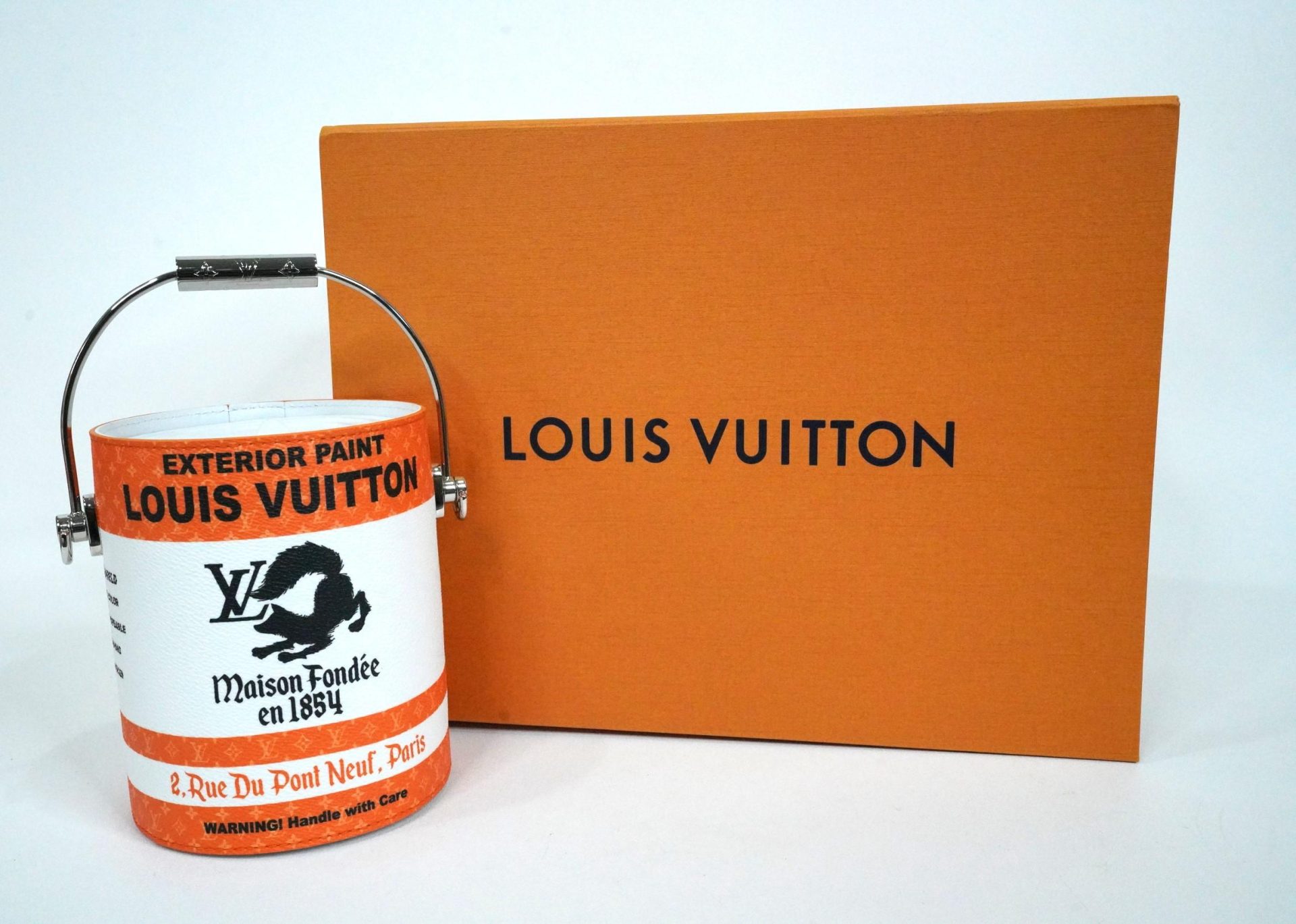
Louis Vuitton FW 2022 LV Paint Can (Virgil Abloh)
Est: £0 USD – £0 USD
Sold: £3,000 USD
GWS Auctions
October 08, 2022
Agoura Hills, CA, US
The very best investment pieces by LV are the limited-edition versions.
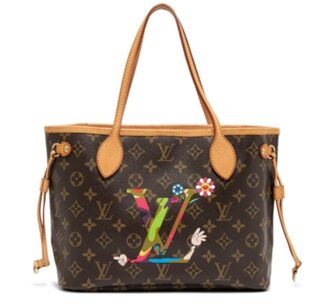
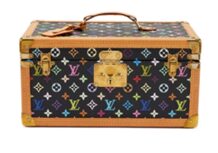
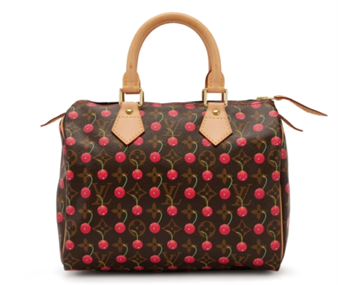
Here are the top five most popular designer handbags of 2024
- Chanel 2.55 Flap Bag: A timeless classic, this iconic bag continues to be a top choice for many.
- Hermès Birkin: Renowned for its exclusivity and craftsmanship, the Birkin remains a coveted luxury item.
- Louis Vuitton Speedy: A versatile and stylish bag, the Speedy is a popular choice for everyday use.
- Dior Lady Dior: A sophisticated and elegant bag that has been a staple in the fashion world for years.
- Prada Re-Edition 2000 Nylon Bag: This retro-inspired bag has experienced a resurgence in popularity, thanks to its functional design and playful aesthetic.
Caring correctly for your handbag can help retain its value and can significantly extend the life of your designer handbag.
To maintain the pristine condition of your designer handbag, regular cleaning is essential. For everyday dirt and grime, gently wipe the surface with a soft, dry cloth.
Proper storage is also essential. Always store your bag in its original dust bag to protect it from dust, moisture, and light. Stuff the bag with acid-free tissue paper or a soft cloth to maintain its shape. Avoid exposing your bag to extreme conditions such as direct sunlight, heat and humidity. To prevent excessive wear and tear, rotate your bags in your collection.
Avoid overloading your bag, as this can strain the handles and stitching. Protect your bag from water damage by avoiding exposure to rain or moisture. If it does get wet, dry it immediately with a soft cloth. Don’t store makeup or pens in your handbag as these can mark the inside. Try to limit exposure to perfumes, lotions, and other chemicals that can damage the materials.
Spotting A Fake Handbag
If you decide to purchase a handbag on the secondary market its important to make sure its genuine. Remember a genuine designer handbag will be made of the very best quality fabrics and finished to a very high standard. They will have to pass a very strict quality control test before even being allowed to be sold, so if you have a bag that doesn’t ooze quality, it’s time to investigate a little further.
Here’s some tips for spotting those pesky fakes.
Construction and fabric
Fake handbags are often poorly constructed which can result in the shape being compromised. This can result in the overall shape being different to the real thing as well as puckering of corners and sections not sitting flat or quite as they should.
The fakers will often focus heavily on the exterior of a handbag and usually skimp on internal features such as lining, therefore it’s good to really assess the inside and check if the fabric lies flat without visible lumps and bumps, it certainly should in a genuine handbag.
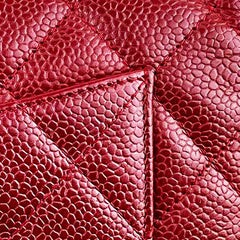
Take note of the fabrics pattern and how it flows through the handbag. They should match at seams and through pockets and flaps as if there were no join at all and it was just a continuation of the fabrics design. This is a simple thing that can be quickly assessed and is something the fakers often fail to achieve.
Knowing the defining features of some commonly used fabrics can be a great tool at spotting a fake. The fakers often make silly mistakes when replicating details such as painting on what should be textured or making it larger or smaller than it should be.
Here’s a list of popular fabrics and their defining characteristics.
Louis Vuitton Canvas
The canvas used by Louis Vuitton is very hard wearing and robust and comes in a Monogram or Damier pattern, there are multiple variations of this in different colours and finishes. The material is also very slightly textured and can have a purple undertone.
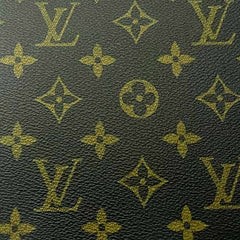
Louis Vuitton Epi Leather
Epi Leather used by Louis Vuitton is a very hard-wearing and textured fabric with a matt finish which is very popular. Fakers often paint on the textured look or sometimes it’s much more over emphasised than it should be.
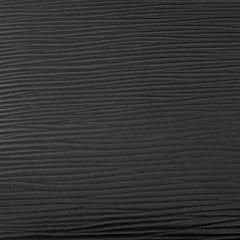
Louis Vuitton Vachetta
Louis Vuitton use Vachetta which is a light beige, untreated Italian leather often used on the trim and handles. Due to being untreated it can age and go darker over time a process called Patina. This development of the leather is individual to each bag and no two will age in the same way. An old used LV with its trim or handles in perfect condition could be a sign that bag is fake.
Chanel Lambskin
Lambskin leather is very popular for Chanel and should feel soft to the touch and have a visibly smooth appearance. It is of superior quality and easy to distinguish from the feel and appearance which isn’t often achieved by the counterfeiters. If you are inspecting a lambskin leather bag, ensure it feels extremely soft to the touch.
Chanel Caviar Leather
Caviar leather is made from pebbled calf leather and is popular in Chanel handbags. It has a bubbly appearance and is textured. Its durable and less likely to scratch and mark than lambskin. When you run your hands over genuine caviar leather you should feel raised dimple. This is often over embellished by the fakers.
Exotic skins
Exotic Skins should be purchased with the CITES which is a passport for the skin. There are certain characteristics that differentiate alligator and crocodile from ostrich and python. Faked exotic leathers are often made of embossed leather.
Stitching
Most designer handbags are expertly sewn by machine except for the Hermès Kelly and Birkin that are sewn by hand. In all cases the stitching should be finished to an exceptionally high level inside and out with a high number of stitches used to maintain the shape and quality of a bag. A low number of stitches or stitching that is coming undone could be a sign of a fake.
There should be no signs of glue or loose threads and the presence of these should make you suspicious.
The number of stitches can be very important. The quilted fabric on a Chanel should feature between 8 to 11 stitches per side of each panel. The fakers often use a lower number of stitches to create the same look, so counting these can help spot a fake.
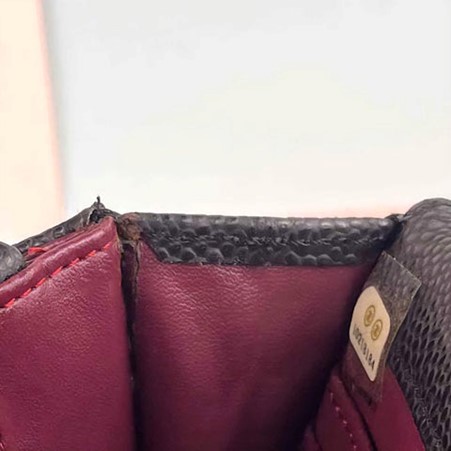
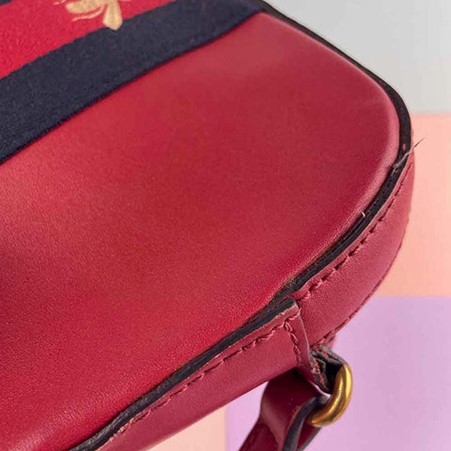
A vintage Chanel with a chain should have one metal link without the leather threaded through. A modern version will feature one link with the leather folded back on itself and stitched through. This is a feature often missed by the fakers so check the chains, its easy and super quick to do.
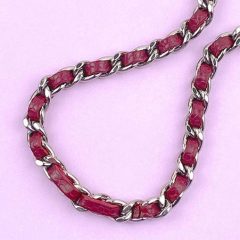
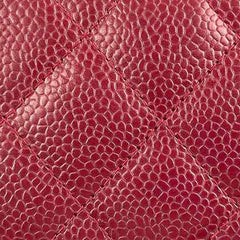
Serial Number
Serial numbers can tell you a great deal about a handbag and most designers use them except for some vintage models.
It can tell you the age and the location where the bag was made. Use this information to your advantage, If you are buying a pre-owned designer handbag and the seller says they purchased it in Paris in 2008, check that the number corresponds to this information.
Below is a list of where you can find the serial numbers for each designer
Chanel
The serial number can be found inside the main compartment to the bottom left. In the form of a sticker, the code is very securely attached, and these rarely come off.
Louis Vuitton
The code is embossed on a tag or on the inside of a pocket. They can be a little tricky to find. Louis Vuitton do not come with an authenticity card. Some vintage models don’t have a code.
Gucci
The serial code is embossed under the Gucci label inside of the bag.
Hermès
Hermès bags don’t have a serial number but they do have a letter to identify the date they were manufactured. This letter is usually embossed into the leather.
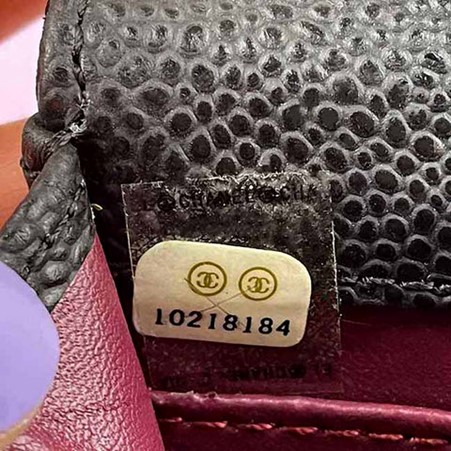
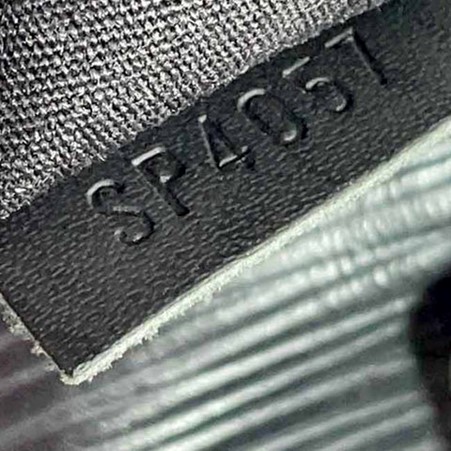
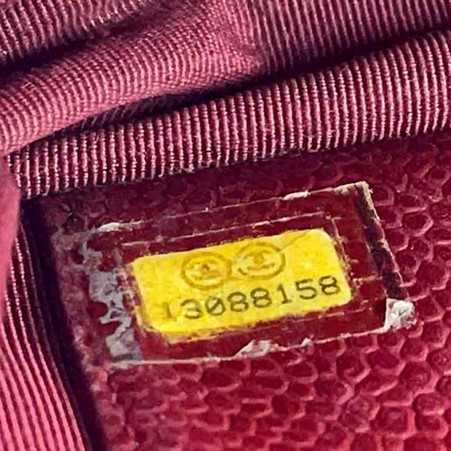
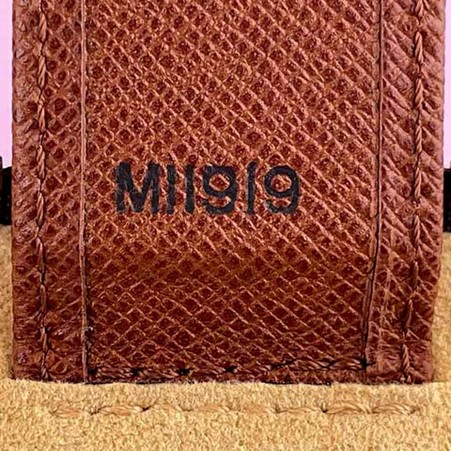
The lack of a serial number in a modern handbag should raise an alarm. When checking serial numbers yourself, check they follow the format listed in the table below.
Louis Vuitton 2007 – 2021
Two letters followed by four numbers. The first two letters represent the factory location. The first and third numbers represent the week of the year, and the second and forth numbers represent the year.
Louis Vuitton 1990 – 2006
Two letters followed by four numbers. The first two letters represent the factory location. The first and third numbers represent the month and the second and forth numbers represent the year.
Louis Vuitton 1980 – 1990
Two letters followed by three or four digits. The letters represent the factory location, and the first two numbers represent the year, and the 3rd number represents the month.
Chanel
1984 – 1986
Serial number has six digits.
Chanel
1986 – 2004
Serial number has seven digits.
Chanel
2005 onwards
Serial number has eight digits
Packaging & Authenticity Cards
Not all authenticity cards are authentic!
A common characteristic seen in a fake Chanel authenticity card is an iridescent or rainbow effect. Chanel do not issue cards with this feature and Louis Vuitton and Hermès do not come with authenticity cards at all.
The packaging is another place where the fakers tend to focus less attention. Packaging should have the same luxurious high-quality finish as the original handbag. Check the logo is central, the handles of a bag should not come wrapped in plastic. Is the dust cover the correct colour? It should be mustard yellow for LV and white or black for Chanel.
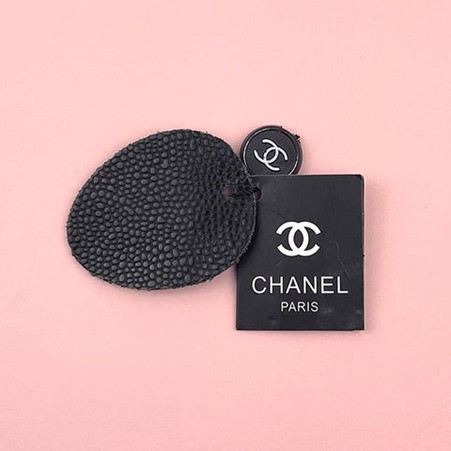
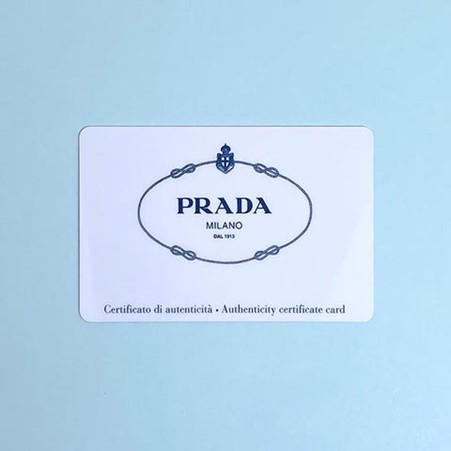
The Hardware & Logos
The hardware should be excellent quality and smooth without rough edges. Clasps should work well and be good quality with no sharp edges.
Here are some classic characteristics you should see in real hardware.
Chanel
The brand stamp should be in the correct style of font and quality of the stamp should be good. The fakers use a thinner font.
Chanel
Inspect the CC lock closely it can feature either a raised or flat finish. The right C should overlap the left C at the top and the left C overlap the right C at the bottom. Replica locks generally feature minor mistakes such as the shape of the Cs, the placement of additional metal above the lock, and even the style of the interlocking Cs.
Chanel
The lock stem itself is another feature worth checking. Authentic lock stems are made from 24K gold plate and even when used for a lengthy period will still maintain its condition. Replicas, however, are generally plated with gold which will peel off after use. When the lock is twisted open it should feel springy.
Chanel
The real giveaway is the stamping mark on the back plate of the clasp. If you open the bag and look at the back of the turnstile lock you will see the back plate. Chanel attaches this using flat screws only alongside a clear font with even spacing. Replicas may use different type of screws and various other styles of lettering and font on the back plate.
Louis Vuitton
The quality of the padlock should be excellent with the engraving clear and crisp. One notable detail is the use of the perfectly round O in Vuitton, and the L has a short tail with the top of the T’s almost touching.
Louis Vuitton
Padlocks and Keys are made of brass or plated and are numbered, with the same number on the key. Look out for some numbers are used more commonly than others, such as 448.
Louis Vuitton
The lock and keys are normally numbered. Those beginning with 3 (3XX) were made before 2009 and those beginning with a 4 (4XX) were made after. Be aware that they have begun making padlocks with 3 again now so this should just be a guide. When dating a LV best to rely on the serial number.
Louis Vuitton
The lock should read: Louis Vuitton – Made in France or Paris. A padlock saying Made in Paris is probably fake as ‘made in’ always is followed by a country not a city. It is predominately vintage handbags that say Made in France as more recently they started making bags in different countries, so they dropped this.
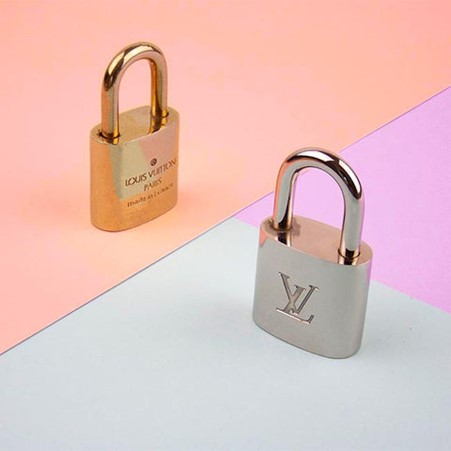
This guide should help you if you are thinking about purchasing a new or preowned designer handbag. However, it is also extremely important to have an up-to-date valuation for luxury items. This will ensure that your bag is adequately covered in case of theft, loss, or damage. As designer handbags go up in value over time, a recent valuation helps determine the appropriate level of insurance coverage. It can protect your investment and give you peace of mind knowing your luxury item is adequately insured.
Helen joined the jewellery department at Bonham’s Auctioneers before moving on to lead roles at various asset lenders in London and New York. As her career has progressed, she has also become a specialist in valuing designer handbags and watches, as well as jewellery.
- Helen Doyle#molongui-disabled-link
- Helen Doyle#molongui-disabled-link
- Helen Doyle#molongui-disabled-link
- Helen Doyle#molongui-disabled-link







